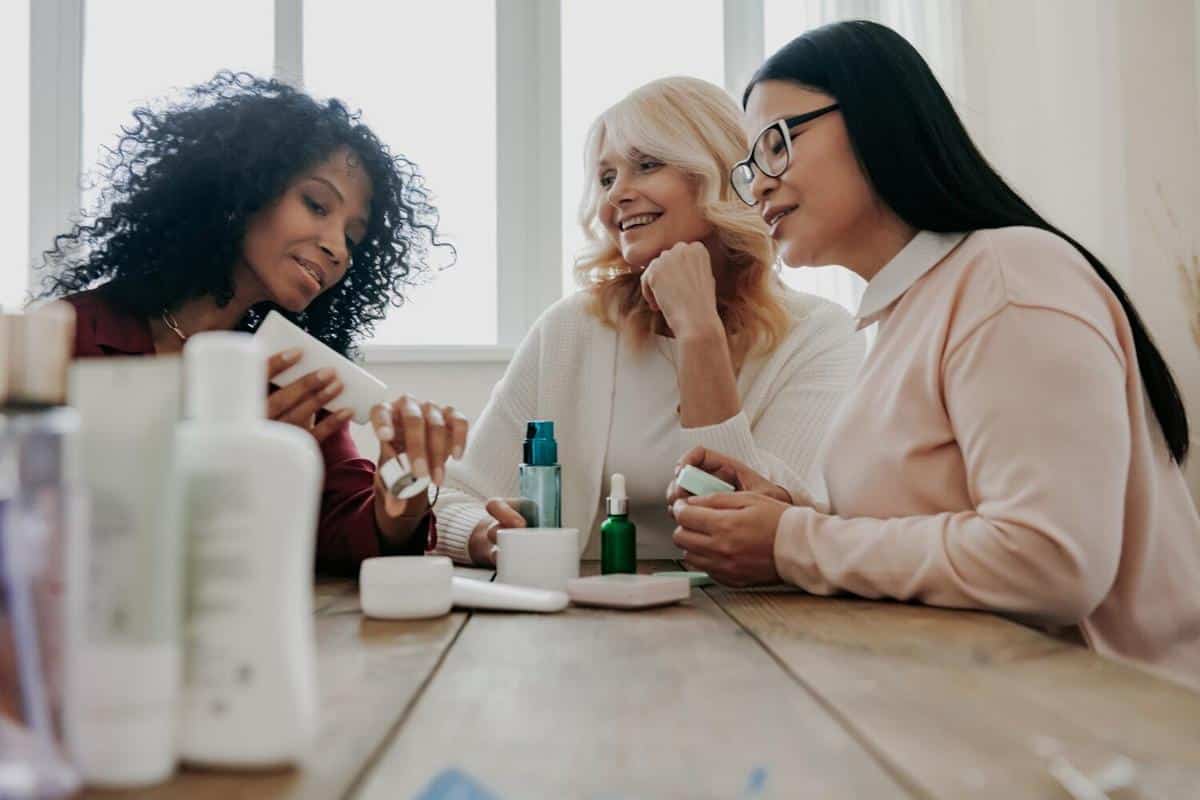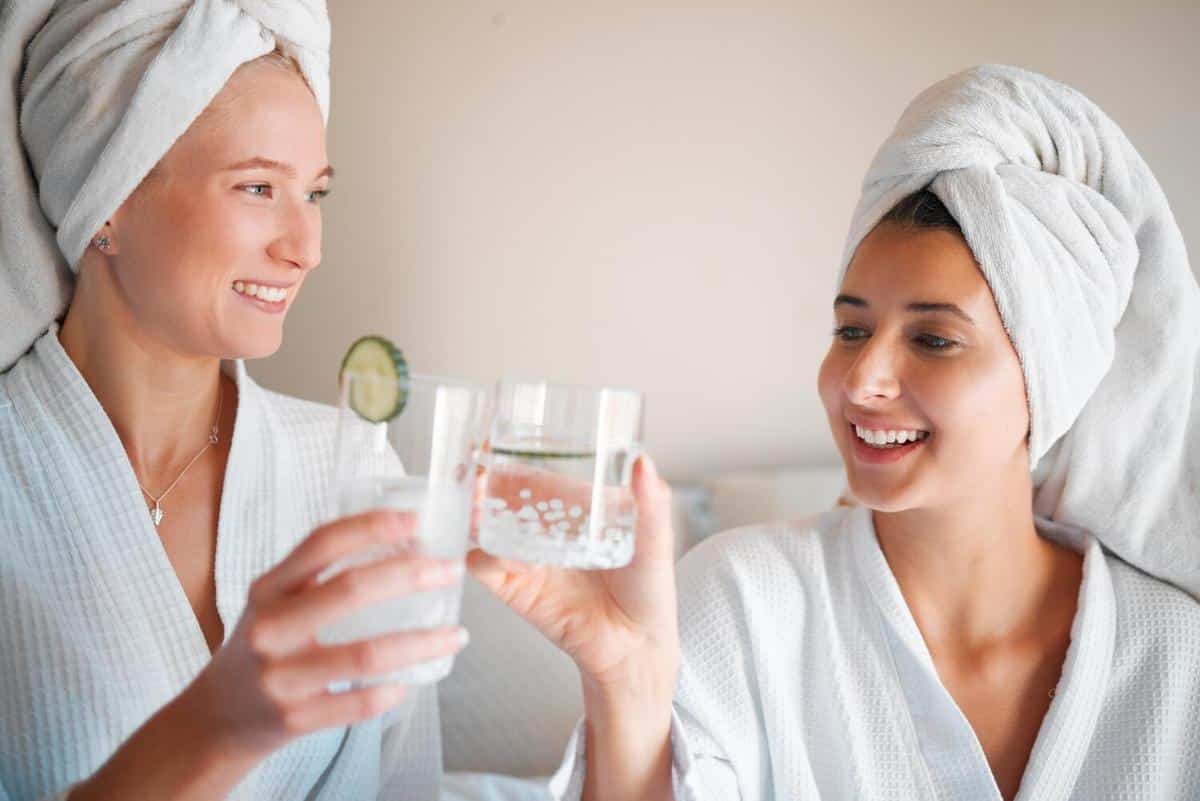
DIY Beauty Treatments: A Growing Trend Among Millennials
In the realm of beauty, millennials are embracing a do-it-yourself approach, shifting towards home-crafted treatments that promise both creativity and cost-effectiveness.
The Rise of DIY Beauty Treatments
The allure of creating personalized beauty solutions at home is undeniable. With more individuals seeking natural and personalized alternatives, DIY beauty treatments have surged in popularity. This trend is particularly noticeable among millennials, a demographic known for their entrepreneurial spirit and desire for authenticity.
Understanding the Appeal
DIY beauty treatments offer numerous benefits. According to a recent survey by Mintel, 68% of millennials enjoy customizing their skincare products. This personalization allows individuals to tailor treatments to their specific needs, using ingredients they trust.
“Millennials are driven by a desire for transparency and control over what they are putting on their skin,” explains beauty industry expert Lisa Eldridge.
Expert Insights
Beauty experts suggest that the rise of social media platforms like Instagram and TikTok has played a significant role in popularizing DIY beauty. These platforms offer endless inspiration and tutorials, making it easier for consumers to experiment at home.
Popular DIY Treatments
- Face Masks: Using ingredients like honey, avocado, and oats.
- Hair Treatments: Coconut oil and egg masks for deep conditioning.
- Body Scrubs: Sugar and coffee grounds for exfoliation.
Statistics and Research
A report by Allied Market Research indicates that the DIY beauty trend is expected to grow significantly, with the segment projected to reach $22.2 billion by 2025. This growth is fueled by the increasing availability of raw materials and the influence of beauty bloggers.
Personal Experiences
Consider the story of Emily, a 29-year-old marketing professional who turned to DIY treatments during the pandemic. “I started making my own face masks and found it not only cost-effective but also rewarding,” she shares.
Pro Tip:
Always patch-test new ingredients to avoid allergic reactions. Start with a small area of skin to ensure compatibility.
Getting Started with DIY Beauty
For those new to DIY beauty, it’s important to start simple. Here’s a basic table to guide ingredient selection:
| Skin Type | Recommended Ingredients |
|---|---|
| Oily | Clay, tea tree oil |
| Dry | Honey, olive oil |
| Combination | Aloe vera, cucumber |
| Sensitive | Chamomile, oatmeal |
| Mature | Rosehip oil, avocado |
| Normal | Aloe vera, jojoba oil |
| Acne-prone | Charcoal, witch hazel |
| Redness | Green tea, licorice root |
Conclusion
DIY beauty treatments offer an exciting and economical way to enhance your beauty routine. By taking the time to understand your skin type and choosing the right ingredients, you can create effective beauty solutions at home. Embrace this trend and discover the joy of crafting your own beauty products.
FAQs about DIY Beauty Treatments
Are DIY beauty treatments safe?
Yes, when done correctly. Always research ingredients and perform patch tests.
What are the benefits of DIY beauty treatments?
They offer customization, cost savings, and control over ingredients.
Can DIY treatments replace professional products?
They can complement professional products but may not entirely replace them.


